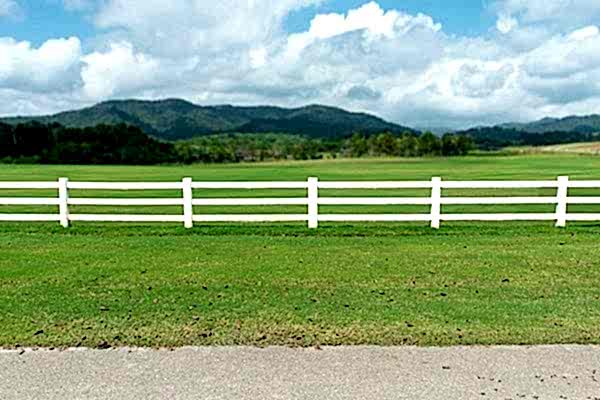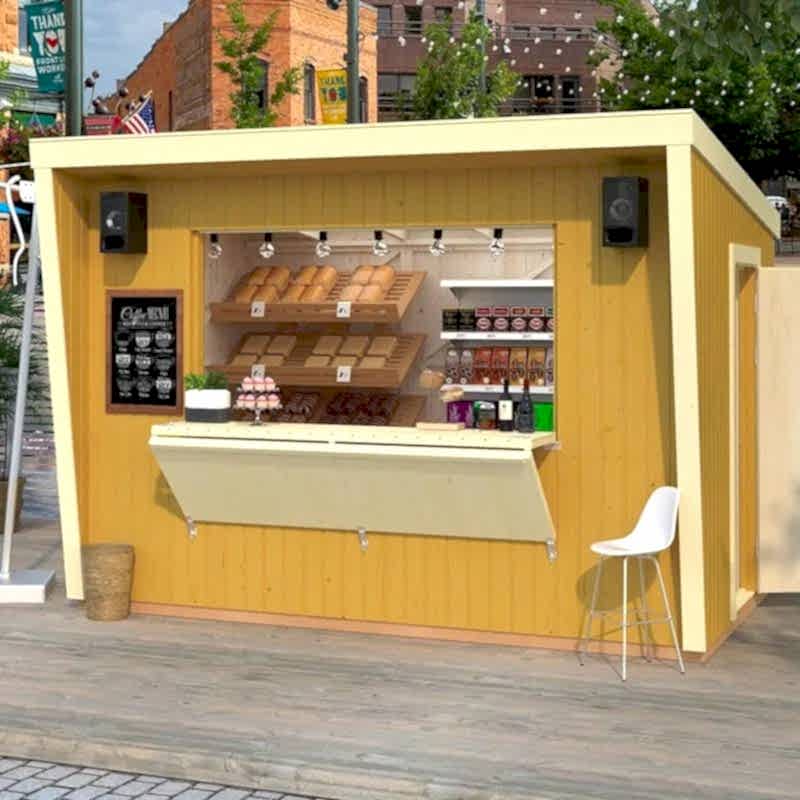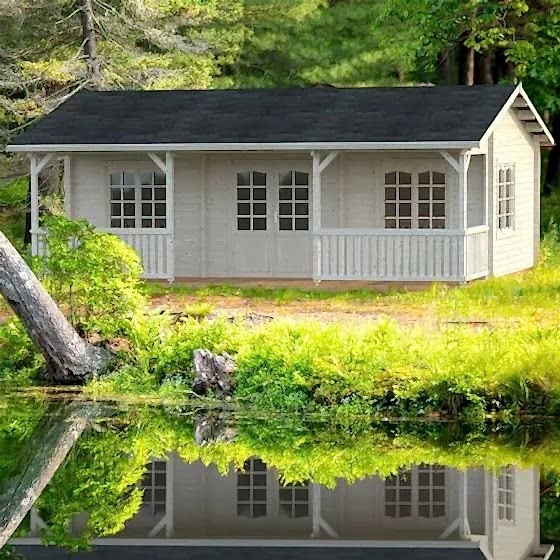
Garden building planning permission can seem like a minefield, especially when garden building permitted development differs from general planning permission and is different again from garden building regulations.
In this guide, we aim to help simplify your life by explaining the key points and differences of outbuilding building planning. We discuss the basics of garden building planning permission and garden building permitted development. To finish, we’ll summarise any other relevant local authority garden building regulations to consider.
Understanding the basics of garden building planning permission
Are you thinking of adding a shed, summer house or garden office to your property? It is not as simple as just the installation! There are rules and regulations you need to know, especially when it comes to planning permission.
Let us get into the essentials:
Specific size and height limits
The maximum height and footprint are often restricted. In the UK, like elsewhere in Europe, Permitted Development Rights allow for certain garden buildings without needing full planning permission. However, this comes with conditions.


Size matters
Your building's height and footprint must fall within specific limits. Typically, single-storey outbuildings are allowed, but there are restrictions. They must not cover more than 50% of your garden area. Exceed these limits, and you will likely need to apply for planning permission. Always check the latest guidelines from your council.
Designated land exceptions
Certain areas have designated land exceptions. If your property is within a conservation area, an Area of Outstanding Natural Beauty, within world heritage sites, or the curtilage of a listed building, Permitted Development rights may be restricted or even removed. These designations zones aim to protect areas of special character or environmental importance.


Commercial use
Will the garden building operate as a business? Planning permission may be required. Using your garden building for personal use, like a log cabin or garden office, is often fine. But if you plan to run a business from it, things change. Commercial use significantly impacts your neighbours and the surrounding area. If clients visit, or if your business generates noise or traffic, you will likely need planning permission. Even if you are working from home, ensure it is genuinely personal use and not a business in disguise.
Impede on neighbour amenities
Overlooking, loss of light or noise nuisance to neighbouring properties can trigger the need for planning permission. Preserving good relationships with your neighbours is a must. If your garden building overlooks their property with raised platforms, blocks their light or causes noise, it can lead to disputes.


Even if your building meets other Permitted Development criteria, these issues can trigger the need for planning permission. Consider the positioning and design of your building carefully. To avoid problems, make sure your garden structure or garden gym does not negatively impact your neighbours' enjoyment of their property.
In the UK, no matter where you live, navigating planning permission for garden buildings requires careful consideration. Do not assume anything. Always check with the local council or planning authority to double-check your plans comply with the regulations. Following our advice will save you time, money and potential headaches further down the line.
What is garden building permitted development?
The good news is that adding a garden building might be easier than you think, because you might not need planning permission. Many garden buildings can be erected without this, thanks to "permitted development rights." These allow you to carry out certain types of building work without seeking express permission. However, these rights come with significant restrictions and conditions, which must be carefully adhered to.
Permitted Development is a national framework, but it is crucial to understand how it interacts with local planning rules. While it allows for building without full planning permission, this is subject to limitations. For instance, size and height are key factors. For garden rooms or outbuildings under permitted development rules, the maximum eaves height is 2.5 metres, and the maximum overall height is 4 metres for a dual-pitched roof or 3 metres for any other roof. However, if the garden building is within 2 metres of the boundary, the maximum overall height is restricted to 2.5 metres regardless of roof type.
Other local authority garden building regulations to consider
Just when you thought you understood the limitations in outbuilding planning permission, there are other local authority garden building regulations to consider:
- Drainage - effective drainage is vital to prevent water damage, inside and out. Ensure rainwater is directed away from the building and surrounding areas with guttering and proper ground levels
- Electrical safety - all electrical work must comply with UK safety standards. Using an unqualified person is dangerous and illegal. Use a qualified electrician for installations. Ensure proper wiring, grounding and protection against electrical damage
- Fire safety - consider fire risks, especially with electrical installations or heating. Using fire-resistant materials is important, as is ensuring adequate ventilation, smoke detectors and extinguishers. If you are unsure, check with the fire brigade
- Insulation - consider the insulation, proper insulation is vital for energy efficiency and comfort, considering changing external temperatures. It helps regulate temperature, reducing heating or cooling costs. Always have adequate insulation in walls, floors and ceilings/roof
- Structural stability - your garden building, home office or large shed must be robust and structurally sound. It must withstand local weather, including wind and even snow loads. Proper installation, foundations and building only with durable materials are cost-effective and essential for longevity


More considerations to think about:
- When buildings are larger than 30 square metres - buildings exceeding 30 square metres may require approval from building regulations. Size limitations exist to ensure structures are appropriate for residential gardens
- When a garden building permitted development contains sleeping accommodation - if your building includes sleeping areas, it becomes subject to wider and stricter building regulations. This is due to increased safety requirements for habitable spaces
- When buildings have plumbing or drainage systems - installing plumbing or drainage systems necessitates compliance with building regulations. This ensures proper sanitation and prevents potential water contamination or drainage issues
- When garden buildings are not completely detached from the main house - if the building is attached to your main home, it is considered an extension, triggering different building regulation requirements compared to detached structures
Palmako Sandra 7.5m x 4.8m Log Cabin Summerhouse (44mm) - Click Images to View
Wrapping up our guide to outbuilding planning permission
In short, garden building planning permission is a must before you get any garden room or garden shed installed. Many structures fall under permitted development rights and can be built without a formal planning application, but there are strict rules regarding height, internal floor area and existing ground level.
Properties in conservation areas, national parks or near a listed building have extra restrictions, often requiring listed building consent or approval from the local planning authority. If your project includes sleeping accommodation, a dual-pitched roof or significant plumbing or drainage systems, you may also need building regulations approval. Always check with your local council for the latest planning permission rules and technical guidance to avoid costly mistakes.
Contact and guidance
We understand that knowing whether you need garden building planning permission can be a minefield. Although the Buy Fencing Direct team are not legal experts, we can advise about aspects of garden building regulations and planning permission, prior to your purchase.
Our contact details are:
- Phone – 0333 003 0515
- Emails – via our Contact Us page
- Live chat - our live text chat feature, allows you to message in real time. Access this by clicking the orange button, at the bottom left corner of any page on our website







